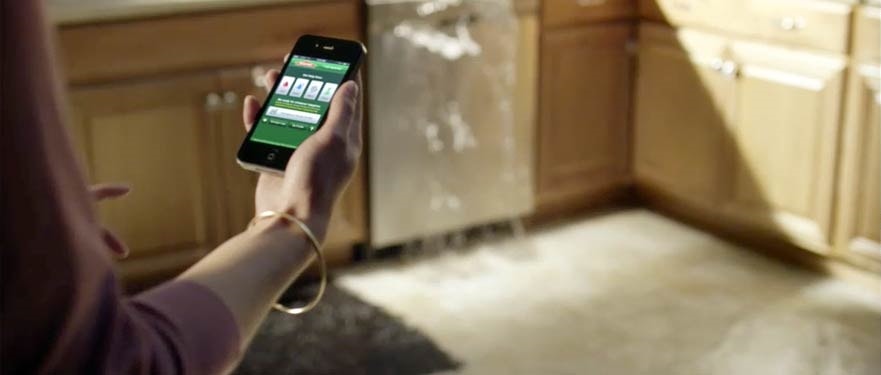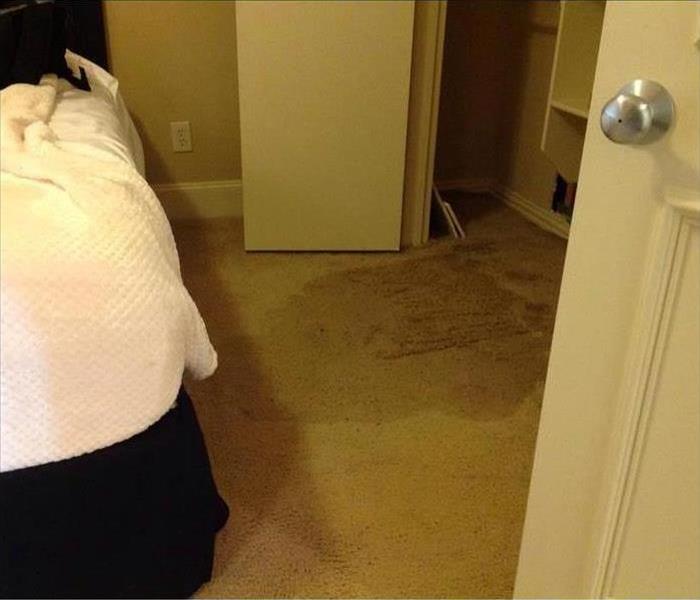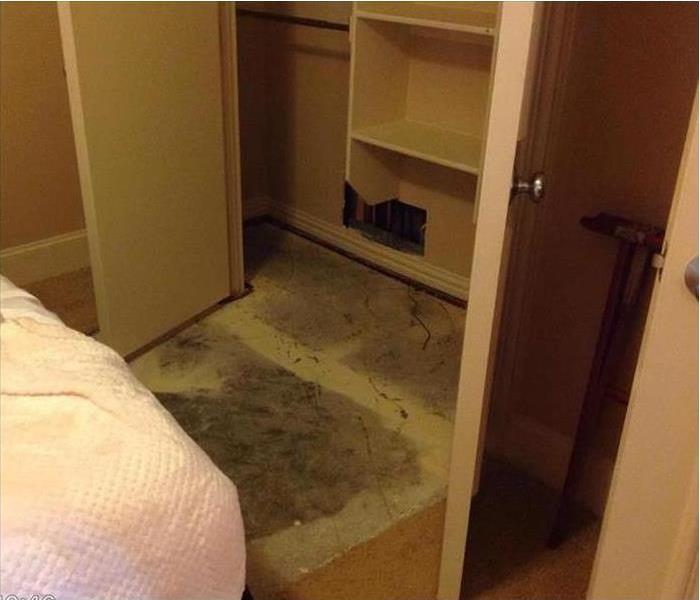
Water Damage Emergency Tips
What you can do until help arrives
Water Tips | Fire Tips | Biohazard Tips | Mold Tips
Water damage can be devastating, but taking quick and informed actions can help mitigate the extent of the damage and ensure your safety. Here are some essential water damage tips for residents in case of disasters:
-
Safety First: Before doing anything, ensure your safety. If there's a risk of electrical hazards, turn off the power supply to the affected area.
-
Document the Damage: Take photos and videos of the affected areas. This documentation can be invaluable for insurance claims and assessing the extent of the damage.
-
Contact Your Insurance: Reach out to your insurance company as soon as possible to report the damage.
-
Remove Water: If it's safe to do so, start removing standing water using buckets or a wet/dry vacuum. The longer water sits, the more damage it can cause.
-
Protect Belongings: Remove valuable or easily damaged items from the affected area. Be cautious when handling wet materials, as they can be heavy and prone to mold growth.
-
Don't Delay Cleanup: Mold can start growing within 24-48 hours, so don't delay cleanup efforts. If the damage is extensive, consider professional help for thorough drying and cleanup.
Remember that water damage can be emotionally and physically draining, but taking these steps promptly can make a significant difference in minimizing the impact on your home and belongings. If the situation is overwhelming, don't hesitate to seek professional assistance from water damage restoration experts like SERVPRO.
Have A Water Damage Emergency? Call (571) 919-6300
What To Do After Flooding
- Remove excess water by mopping and blotting.
- Wipe excess water from wood furniture after removal of lamps and tabletop items.
- Remove and prop wet upholstery and cushions.
- Place aluminum foil or wood blocks between furniture legs and wet carpeting.
- Turn air conditioning on for maximum drying in summer.
- Remove colored rugs from wet carpeting.
- Remove art objects to a safe, dry place.
- Gather loose items from floors.
What NOT To Do After Flooding
- Don't leave wet fabrics in place. Hang furs and leather goods.
- Don't leave books, magazines or other colored items on wet carpet or floors.
- Don't use your household vacuum to remove water.
- Don't use television or other household appliances.
- Don't turn on ceiling fixtures if ceiling is wet, and keep out of rooms where ceilings are sagging.

 24/7 Emergency Service
24/7 Emergency Service




